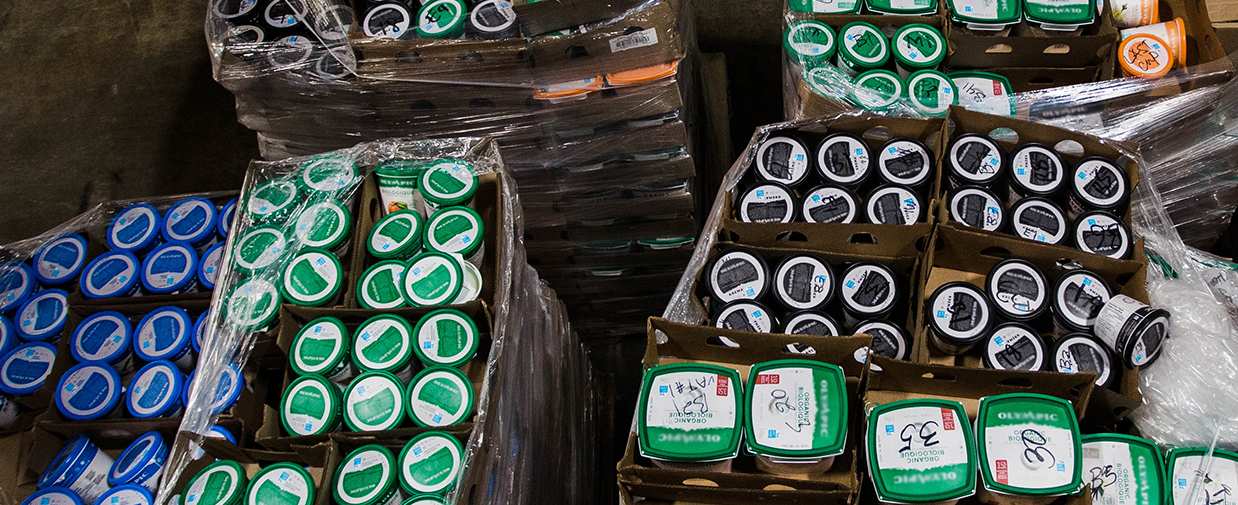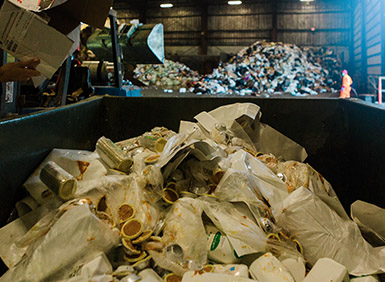Plastics
Simply put, the plastics recycling industry is a sham. They outright lie about what they accomplish and how much material is actually recovered.


Plastics Recovery
Sadly, government regulators perpetuate underhandedness by propping up their own recycling statistics using industry’s inflated numbers. In reality, less than 10% of the plastics you work hard to recycle are actually turned into another product or raw material. Those funky plastic park benches and carpet fibres are prime examples.
If you don’t believe us, just do this simple test. The next time you go to an office supply store, check on what percentage of the paper products sold contain recycled fibre. It’s a very high percentage. Now check out the water, soft drink, and juice aisles of your local grocery store. How many of those plastic bottles contain recycled material? None. Of the billions and billions of plastic bottles that are returned in recycling systems each year, if the plastics were actually being recycled, why wouldn’t retailers and producers alike trumpet the fact that their packaging contained environmentally responsible post-consumer material? They don’t because they can’t.
Also, why do all plastic containers have one of seven different recycling codes emblazoned on them? It simply perpetuates the ruse that they are recyclable, when they are not. It’s part of the scam played on you, the consumer.
So, rather than lie to you or ignore the problem, we decided to tackle plastics head on. They proliferate in every stream we touch. Where we can find direct and responsible outlets for them, we do. When they find their way into our organics processing and composting processes, we screen them out and repurpose them with others to produce valuable alternative renewable fuels. As soon as some technology exists that provides a higher and better use for them, we will be on it. In the meantime, we are not going to simply dispose of them indiscriminately and lie to you about it.

